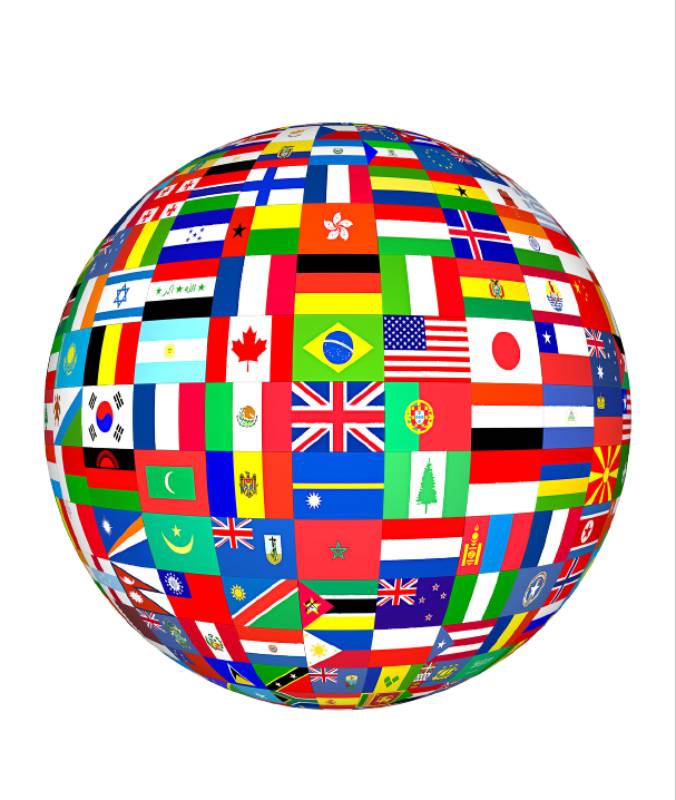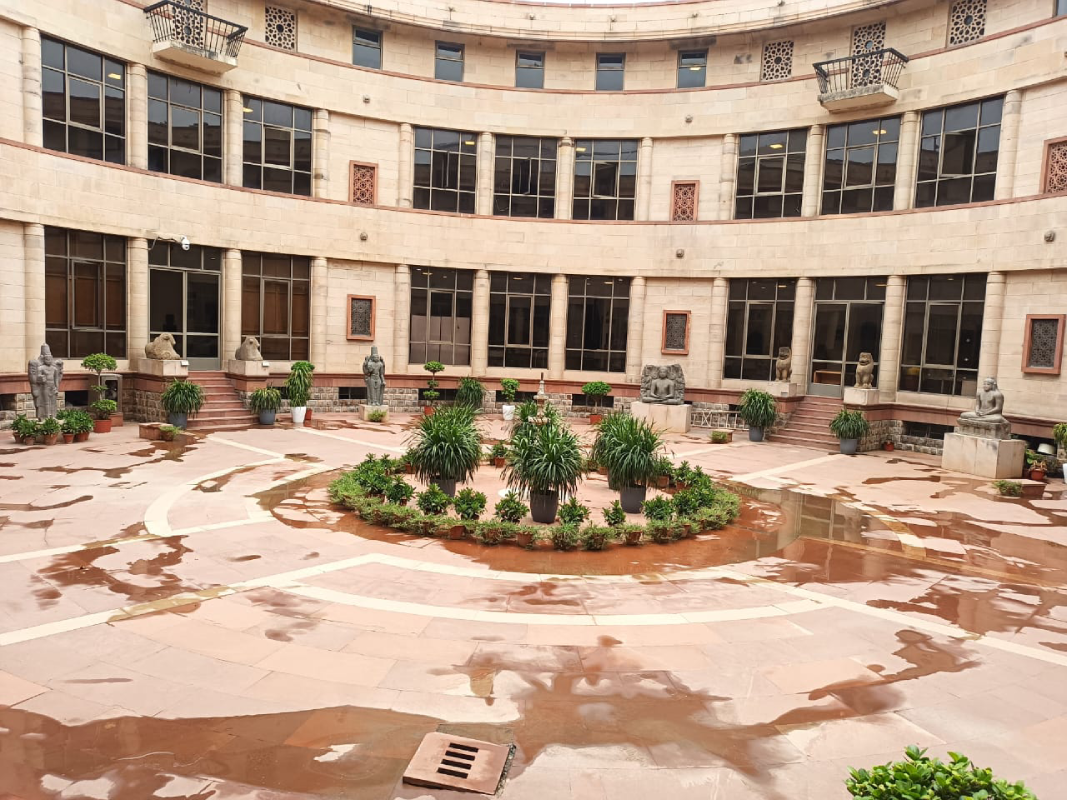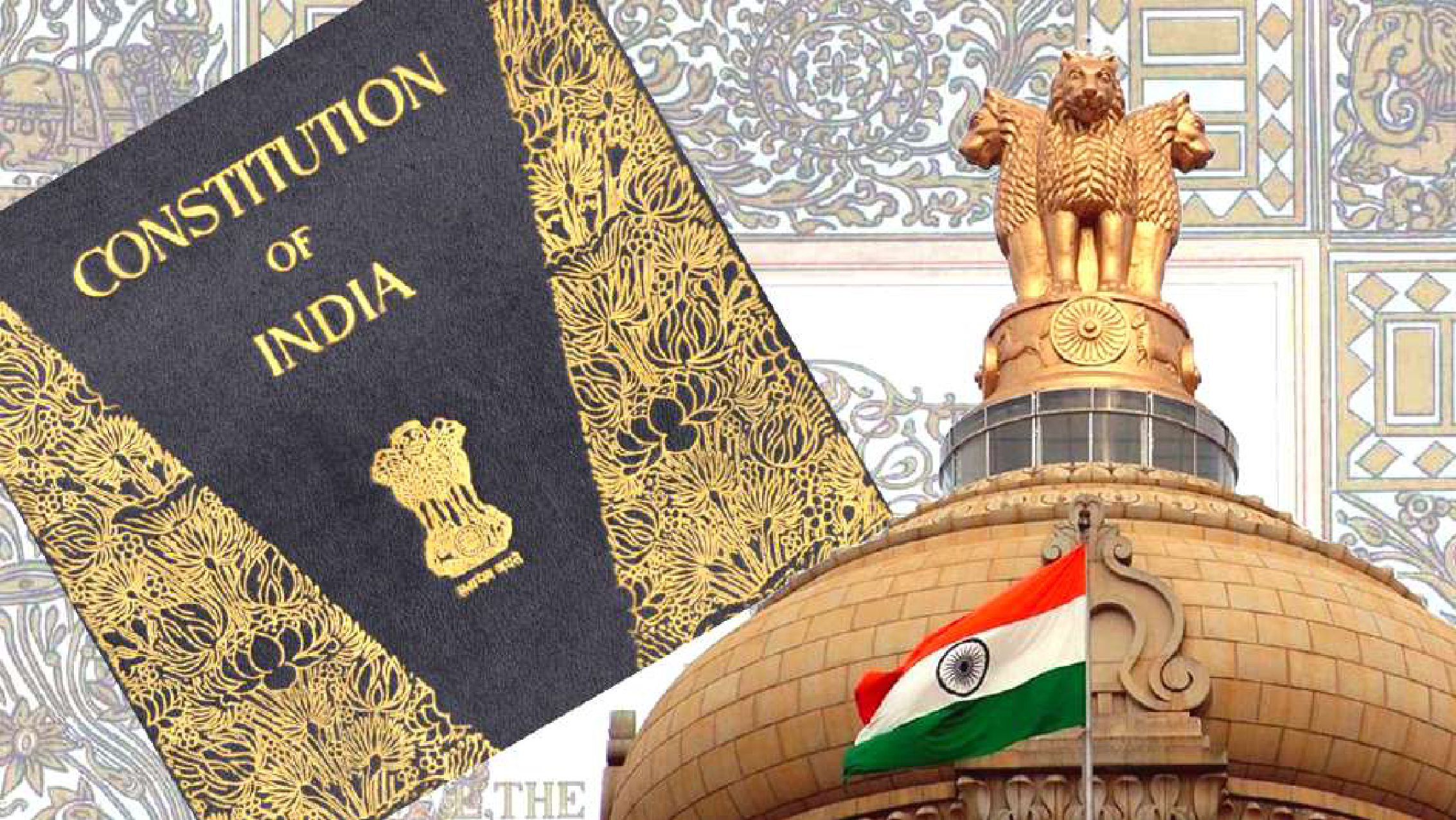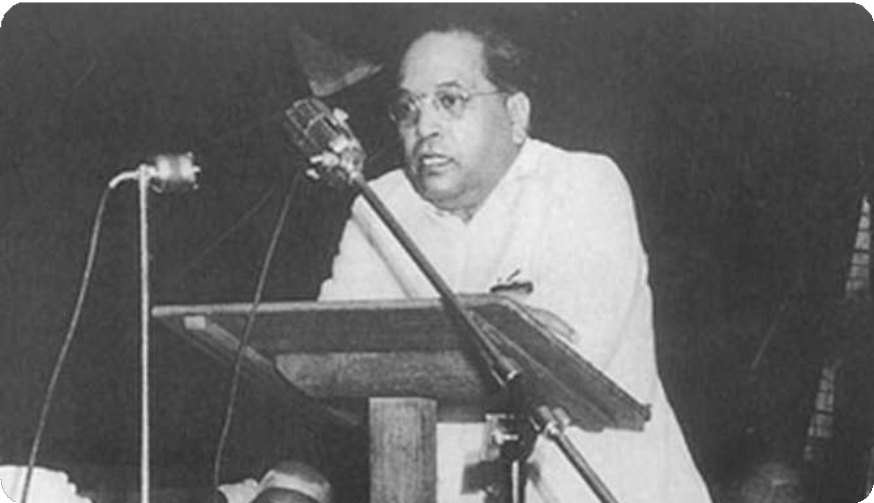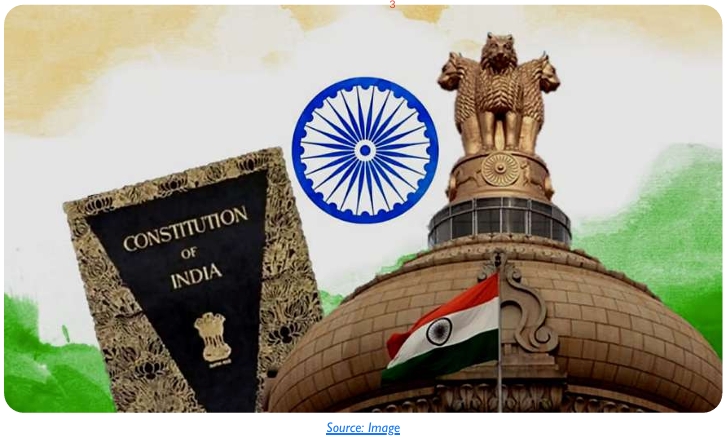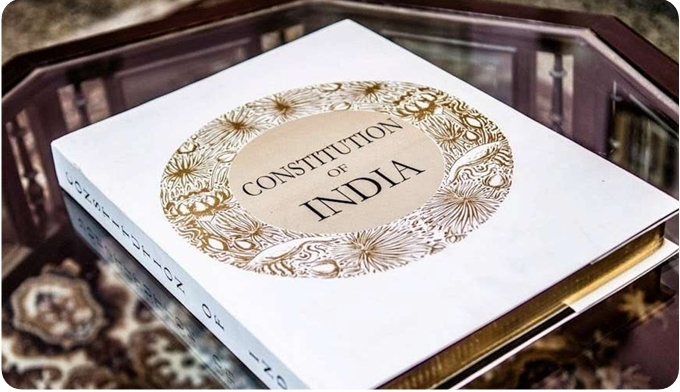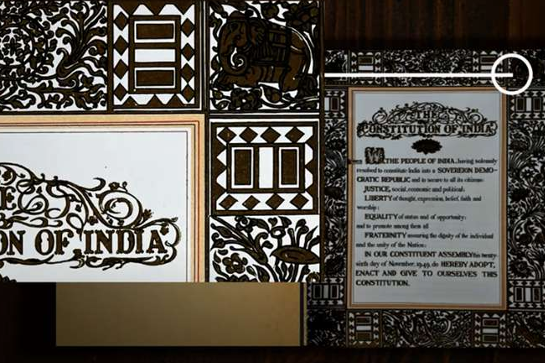Ever since the publication of Jan-Werner Müller’s What is Populism? in 2016 which took the discourse on populism to a different level, the subject has received significant attention by scholars and commentators alike. Populism has two core characteristics: anti-pluralism and exclusivity. That makes populism anti-liberal and anti-democratic. Populists claiming to represent the “silent majority” have invariably ridden to power by denouncing the elites for neglecting the interests of this silent majority.
Populists will not moderate when they come to power; on the contrary they’d engage in colonization of power. Failures are blamed on elites working behind the scenes, whether at home or abroad. Many populist victors continue to behave like victims; majorities act like mistreated minorities. Turkish President Erdogan would present himself as a plucky underdog; he’d forever be the street fighter confronting the old, Kemalist establishment of the Turkish republic – long after he had begun to concentrate all political, economic, and not least, cultural power in his own hands.
The above colonization of power invariably converts democracy into a false narrative. When populists have sufficiently large majorities in parliament, they try to build regimes that might still look like democracies, but are actually designed to perpetuate the power of the populists, through media control and placing loyalists in powerful positions. Anyone against the party is considered against the government, which in turn translates against the nation. For example, after coming to power in 2010, Viktor Orban and his party Fidesz sought a transformation of the civil service law, so as to enable them to place loyalists in what should have been non-partisan bureaucratic positions. Both Fidesz and Jaroslav Kaczynski’s Law and Justice Party (PiS) also immediately moved against the independence of court, and Kaczynski spoke of “Poles of the worst sort” who supposedly have “treason in their genes”. As a natural progression, three things follow: enfeebling civil society, including NGOs, activists and intellectuals; shrinking space for public debate; and delegitimizing protests.
Synoptic in scope, the above paras distil the core characteristics and manifestations of many shades of populism. The challenge to society in general and democracy in particular is evident. But we do see signs of counter forces emerging; besides before not too long, hubris sets in and ensures its undoing. By contrast, there’s one shade of populism that has a distinct existence. We hold – and which we wish to highlight in this essay – that the nemesis of cultural populism may have far more crippling effect. In the context of cultural pluralism, exclusivity is far more lethal than anti-pluralism; it is carcinogenic as it eats into the social fabric.
Exclusivity – Concept, Practice and Consequences:
In the public imagination, exclusivity has a positive connotation. But in the discourse on populism, the meaning and implications of exclusivity are altogether different. While anti-pluralism is well understood as it has been a part of common discourse; exclusivity has received lesser attention though it has far greater portend. As a concept, it has its origins in anti-pluralism but extends its domain to allow no scope for a meaningful and dignified existence to those not perceived to be its ilk.
Actually, it was Müller (2016) who added exclusivity to anti-elitism and anti-pluralism to complete the triad of populism and define its most salient characteristics. Drawing on examples from Latin America, Europe, and the United States, Müller showed that, contrary to conventional wisdom, populists can govern on the basis of their claim to exclusive moral representation of the people – claiming to speak exclusively for “the silent majority” or “the real people”. And it is this recourse to exclusivity that serves the basis for anti-pluralism. Müller then goes ahead to argue that this rejection of pluralism ends up creating an authoritarian state that excludes all those not considered part of the proper “people.”
It ought to be noted that exclusivity that builds its narrative along cultural, ethnic or racist lines is substantively different from the exclusivity that is sought to be arrogated by exploiting politico-economic aspects. Political and economic issues are temporal in nature; so new layers have to be continuously added to keep the pot boiling. Shifts also take place in the demographic profile of the support base. In contrast, cultural, ethnic or racist issues have deeper social origins, are more long lasting, and vulnerable to extreme swings in passion. Therefore, exclusivity that builds its narrative along cultural, ethnic or racist lines is more problematic. This is what John Judis – writing around the same time as Müller – observed about “Trump playing on racist opposition to Barack Obama’s presidency or exploiting a latent sympathy for fascism among working-class white Americans”.
But it was Michael Freeden of the University of Oxford who posited “populist exclusivity is experienced as a generalized sense of siege, (and) tellingly, populism’s unity is tribal and de-individualized, unlike other solidarity-centred ideologies”, based on citizenship or social rights. Freeden further holds that this exclusivity results in “appropriation of a temporal trajectory of ‘we were here first’, hence we are the ultimate deciders”, and the speed of impact is hastened by the “visceral rawness of emotions such as anxiety and fear, on whose power populism thrives, and the fabrication of threats from every corner”. Exclusivity that rides on cultural, ethnic or racist issues also feeds on a sense of beleaguerment; this allows the populist to fan mass hysteria through fabricating threats.
In the process, we see the birth of a paradox, and one with grave consequences. In common parlance, things that are exclusive are in a minority. But in the realm of populism, the understanding takes a U-turn: the majority, “silent” or otherwise, claims exclusivity. And it is this that gives rise to majoritarianism. While Chatterjee et al., (2019) do not explicitly refer to exclusivity, their observations are similar to Freeden’s. They hold that the main goal is to `defend’ the interests of majority first and foremost, at the expense of the rights of the Othered/minorities in the country.
There is no room for pluralism; there’s a tendency to disqualify adversaries as `anti-national’ or even traitors; competitors not as adversaries, but as enemies.
Lastly, exclusivity, falling under the rubric of comparative concepts, does not call for the total annihilation of the other. Rather, the marginalised existence of the “other” is the lifeblood of exclusivity. Inherent in the concept of exclusivity are two themes that are antithetical in nature. The first one glorifies the culture of a pristine nation and its people; the other deplores the “influx” of a lesser kind who sully that pristine purity. This duality of glorification and denigration are undergirded by the need to subjugate the lesser being. Subjugation of the other calls for the arousal of baser instincts.
And it is here that, as a first step, the practice of exclusivity calls for the rhetoric of the demagogue – to build on the inherent prejudices, arouse fear, hatred and a call for action. That the call for action involves violence is not lost on the faithful. As small incidents build up one on another, a catastrophe lies in the making, as recent developments in United States indicate. The Department of Homeland Security in the United States released a report on October 6, 2020 calling violent white supremacy the “most persistent and lethal threat to the homeland… through their abhorrent, targeted attacks in recent years”1
Cultural Populism
While a sharp definition of cultural populism is elusive, it would be reasonable to say that it draws on a mixed bag of emotive issues related to language, race, religion, and ethnicity, often blurring the distinction between fact and fiction, replacing acceptance and tolerance with prejudice, and rejection of the “other”. It is a call for the creation or restoration of a socio-political order where the `distinct’ features of dominant civilization represented by the so-called `neglected majority’ can be preserved from the supposed onslaught of a minority. In reality, this translates into the marginalization of the minority on the one hand, and the demonization of those, including mainstream voices, who are seen to oppose such a restoration. Because race, religion and culture have deep socio-historical roots, cultural populism has a longer staying power and, by extension, greater long-term impact on the social fabric of a nation. While cultural pluralism contains the two core characteristics of populism – i.e. anti-pluralism, and exclusivity, making cultural populism anti-liberal and anti-democratic as any other form of populism – it is the exploitation of the majoritarian plank that enables it to push its agenda in an electoral democracy (Ahmad and Kanungo, 2019; Bhushan, 2019).
A good way to figure out the organic nature of cultural populism is to examine its manifestations across a few countries. On close examination we are likely to see differences in spite of similarities on the surface. And in the dissection we are likely to get clues about the factors that are likely to condition the intensity and virulence of cultural populism in specific circumstances.
Let’s take Austria. As the country’s October 2017 elections approached, polls indicated that the populist far-right Freedom Party of Austria (FPO) was on track of becoming the country’s strongest political force. The centre-right Austrian People Party (OVP) under the then 31-year-old Sebastian Kurz changed tack and “embraced the anti-immigration, anti-Islam, and tough law and order stance of FPO in the run-up to the elections… Kurz’s “populism lite” not only helped him gain voters who previously cast their ballot for FPO as well as for two other far-right, populist parties, but also managed to attract votes from Green Party supporters, (and several others)”. (Gady: 2018).
Brazil under Jair Bolsonaro presents a different picture. Bolsonaro is one of the poster boys of populism, and his populism is based on multiple planks of anti-corruption, patriotism and nationalism. In his speeches, he has also exhibited gender insensitiveness, often going beyond crudeness. But there has been no evidence of cultural populism reflected in race, religion or civilizational superiority.
The pitch gets queered when one encounters Obran of Hungary. He advocates keeping Hungary Hungarian, and Europe European. As a result, Fidesz excludes the possibility of Muslim immigrants’ integration in Europe and even the peaceful coexistence of Christian and Muslim civilizations as well. This development seems to be of a recent origin and it is for this reason that Kreko et al. find anti-Muslim populism in Hungary move from the margins to the mainstream.
Similarly, the stated goals of Danish People’s Party (DPP) have been to protect the freedom and cultural heritage of the Danish people, including the family, the Monarchy and the Evangelical Lutheran Church of Denmark. Significantly also to work against Denmark becoming a multi-cultural society by limiting immigration and promoting cultural assimilation of admitted immigrants, with Kristian Thulesen Dahl, the leader of the party, once declaring DPP to be an anti-Muslim Party.
Cultural populism gets shriller when we come to Marine Le Pen, President of opposition party, National Front in France. In her election rally in April 2017 she said: “Your neighbourhood, your village, your children’s school, your life, your ways will be inevitably impacted by immigration” and if elected as President would seal the borders very next day2. Notice three things here. First, Le Pen makes a strong emotional pitch meant to arouse emotions which is exactly what happened considering the violence that accompanied her speech. Second, she is arousing fear not of a bleak economy or unemployment but the erosion of (French) culture, identity, and ethnicity. Third, the cause of cultural erosion of the majority is, who else, but the immigrant.
Is Marine Le Penn’s immigrant a German, Swede or Slavic? No prizes here for guessing that majority of the migrants were Muslims. In the process, religion has been overlaid on nationality. But it is not just any religion, but an alien one. Already three years before her April 2017 election rally, Le Pen had demonized Muslims, when in a June 2014 interview, she had argued that her party was “without doubt the best shield to protect (Jews) against the one true enemy, Islamic fundamentalism.” It is of course irrelevant that for decades anti-Semitism was a recurrent theme for National Front. What is important is the conception of a grand culture that’s rooted in its ethnicity, religion, race and life style that is at once unique and composite; and on the other, the marginalization of the “other” which is alien to composite culture of “the people” – the majority. But the “other” has to be a significant minority which can be conjured up as a significant threat to the cultural identity of “the people”. So, in the run-up to the 2017 French elections, it had to be the Muslims and not the Jews, because the latter was a much smaller community than the Muslims and would have poorly qualified as a threat to French culture or ‘way of life’.
Evidently, cultural populism stands on the shoulders of majoritarianism. But there can be no majoritarianism without minorityism. But majoritarianism has to be hegemonic, just as minorityism means their marginalization. Interestingly, there’s a paradox here. The marginalization of the “other” should not be complete, but a continuing task, because the very continuation of the “other” galvanizes “the people”, as if providing the very raison d’être for its survival.
It is one thing for Marine Le Pen and Kristian Thulesen Dahl to hark back on the cultural roots of family, Church and “way of life” on the one hand and, on the other, to denounce Islam and Muslim as alien and disruptive. But at the ground level how does cultural populism manifest itself? At policy level, DPP had a key role in writing the rules and conditions for immigration in the immigration law that was established by the government in May 2002, which it called “Europe’s strictest”. Additionally, some social benefits for refugees were also cut by 30-40% during their first seven years in power, and ordinary unemployment benefits were replaced by a reduced “start-up aid”. In France too, there has been similar preoccupation with Islam. Secularism has been used to justify bans on pork-free menu options in public schools, the ritual slaughter of animals without prior stunning, and the provision of halal food in public institutions. Populist secularism has also informed the passing of restrictions on Muslim women’s clothing, including the bans on burkinis introduced by some French localities in 2016 and those on full-face veils enacted in Austria, Belgium, and France. But the response of “the people” towards the “other” is in the realm of visceral, like a crowd gathering and singing loudly the national song of France – along with the national flag – to drown out the Muslims who gather at precise hours to offer prayers on streets.
Two other things need to be noted about cultural populism of the Europe. The main protagonists have not been socio-cultural or religious organizations but right wing political parties with the ostensible purpose of increasing vote share; any ideological underpinning has only instrumentalist value for seizing political power. It is therefore no surprise that National Front’s bogeymen were first the Jews and then shifted to Muslims because of electoral politics. Next, associated street violence were few, both in numbers and intensity with no loss of life.
Emergence of Cultural Populism in US
During 2016 US elections, few people wagered Donald Trump would emerge President. We have already noted how his populist approach of reaching out to the “silent majority” who have been ill-served by the “good for nothing Democrats”, and “we are the people; the other type don’t count” helped him ride to victory. While Trump is himself a billionaire, his public disdain for elites extended to all matters scientific – from climate change to Covid-19 management, prompting 81 Nobel laureates in science to endorse Biden for president, citing his “willingness to listen to experts” and his appreciation for “the value .of science in formulating public policy”. Likewise, Scientific American, which has stayed aloof from politics for all 175 years of its existence, now endorses Biden.
But these aspects of Trump’s populism needn’t detain us in our examination of cultural populism. It is his racism, his support for white supremacy, his attempt to delegitimise largely peaceful pro-black protest on the one hand and defending fatal attacks by white vigilantes that are markers to his cultural populism. As “Black Lives Matter” protests against the police murder of George Floyd were countered by Blue Lives Matter, nobody was at any loss to understand where Trump’s sympathies lay when he vociferously repeated: “when the looting starts, the shooting starts”. As Peter Baker, chief White House correspondent for The New York Times, recently pointed out, Trump called Black Lives Matter a “symbol of hate”, and that “Not in generations has a sitting president so overtly declared himself the candidate of white America.”3 Notice also not only his steadfast refusal to condemn Kyle Rittenhouse, the white teenager accused of Kenosha Wisconsin protest murders; but actually defending him, saying if Rittenhouse hadn’t fired, he would have been killed. He previously threatened to release “vicious dogs” on protestors who sought to get to the White House, and later retweeted a video of a supporter shouting “white power” at a community in Florida4.
But it is his latest attack on The New York Times’ 1619 Project, in use in California public schools, as being anti-American that has larger implications. The project analyzes the history and legacy of American slavery and Trump has threatened to defund schools that include the project in their teaching. After all, his white supremacist ideology is the cornerstone of his appeal to the reactionary and bigoted elements of his base. It has been termed as a racialized politics of organized forgetting. At the heart of Trump’s attack on racial injustice is an attempt to replace historical consciousness with historical amnesia. As Washington Post columnist Eugene Robinson recently wrote: “All of this is nothing less than undisguised white supremacy. Trump wants white voters to fear the Black Lives Matter movement. He wants them to see it not as a demand for justice and fairness but as a mortal threat to white privilege.” And that explains why he issued an order to rid the federal government of programs engaged in racial sensitivity training, which he labelled as “divisive, anti-American propaganda.”
The Impact of Historical Antecedents
While cultural populism in the West is of a relatively recent origin and is mainly triggered by migrants and refugees, it has deep historical antecedents in some other countries. These in turn have shaped three facets of socio-political life. First, we see the emergence of a subculture that dominates not just social discourse but shapes political (read, power) landscape. As we shall presently see, the emergence of subculture could be outcome of geopolitical upheaval as with the creation of Israel in 1948 or as in the case of India, a march of history. Second, over time, this has shaped what is known as `ethnic democracy’. Finally, these two facets seal the most critical element of cultural populism: the reordering of social relations where the minority `accepts’ its lesser role with its rights and privileges curtailed in a democratic setup.
Evidently, no two country is likely to exhibit identical trajectories, but broad similarities may still be discerned to allow us to appreciate how historical antecedents go to shape cultural populism. For example, in its Basic Laws, Israel defines itself as a Jewish and democratic state and the nation state of the Jewish people. In 1988, this enabled the Supreme Court of Israel to deny the right of the Progressive List for Peace, a left-wing political party in Israel formed from an alliance of both Arab and Jewish left-wing activists, to participate in elections because the party refused to recognise Israel as a Jewish state. Chatterji, et al. (2019) report that the court went on to say ‘there is no contradiction whatsoever between these two things: The state is the state of the Jews, while its regime is an enlightened democratic regime that accords rights to all citizens, Jews and non-Jews.’ The judges even went so far as to consider that ‘the existence of the State of Israel as a Jewish state does not negate its democratic nature, any more than the Frenchness of France contradicts its democratic nature.’
It is held that this approach does not pertain only to institutions, as ‘Jewish public opinion not only condones constraints imposed on Arabs, but also endorses preferential treatment of Jews.’ Chatterji, et al. refer to an opinion poll taken in 1995 among Israeli Jews which showed that 74.1 per cent of them expected the state to give Jews preferential treatment over Arabs—who, for 30.9 per cent of the respondents, should not even have the right to vote, or be hired in civil service jobs according to 32.2 per cent. Moreover, the problem is underscored thus: ‘Most Jews do not even perceive the above differential practices as discriminatory against Arabs, but consider them rather as preferences rightfully accorded to them as Jews in a Jewish state.’
Although the term ‘ethnic democracy’ was coined by Professor Juan Jose’ Linz of Yale University, it was Sammy Simoha who developed the concept further and proposed it as a model. Smooha (2003) holds that contrary to its self–image and international reputation as a Western liberal democracy, Israel is an ethnic democracy in which the Jews appropriate the state and make it a tool for advancing their national security, demography, public space, culture and interests. At the same time, Israel is a democracy that extends various kinds of rights to 1 million Palestinian Arab citizens (16 per cent of the population) who are perceived as a threat. Thus, Smooha presents ethnic democracy as a distinct type of democracy in deeply divided societies, concluding that ‘as a mode of conflict regulation, it is superior to genocide, ethnic cleansing, involuntary population transfer and systems of non-democratic domination.’ Stripped of all niceties, it bestows on the minorities the status of dominated, second-class citizens.
In the case of India, historical antecedents that laid the foundations of cultural populism were not geopolitical in nature, but the gradual progression of history shaped at least to some extent by conversion to Islam. By the latter half of nineteenth century, the schism between Hindus and Muslims became marked, reflected tellingly in the demonization of the latter. In her just published book, My Son’s Inheritance: A Secret History of Lynching and Blood Justice in India, historian Aparna Vaidik informs us that the belief that Hindu and Muslim communities were completely separate, antagonistic, and had an exclusive and autonomous heritage with no shared history did not sprout overnight. It was a process that took several decades to take root. The mutual trust between Hindu and Muslim communities had reached a low in the 1920s, and riots were seen frequently across many cities of India. In 1923 alone, India witnessed eleven riots, followed by multiple riots every year till 19275. This legacy continued after Independence. According to Hardiman(2003), there have been 76 major riots in post-independent India.
The Role of Demagogue in Fostering Cultural Pluralism
A reasonable question to ask is what connection do events more than half a century ago have with current social order and, if so, how is the connect maintained. Sociologists will point out that social mores and tradition persist over much longer periods, just as social historians study the records of people’s actions in the past which still exist. And ideas have much longer life. If seven decades after Mahatma Gandhi’s death, his thoughts and life are still an inspiration to countless across the world, then violent life experiences of an earlier generation keep tugging at collective consciousness. These get reinforced by periodic race relations skirmishes, including riots. It is as if a reservoir of strained relationships is always there, ready to spill over.
Understanding this demand for populism is crucial if we want to understand how citizens become more likely to accept and defend populist ideals and, hence, elect populist leaders and parties. In this narrative, the demagogue plays a critical role. A demagogue is a
“rabble rouser, a leader who gains popularity in a democracy by exploiting emotions, prejudice, and ignorance to arouse some against others, whipping up the passions of the crowd and shutting down reasoned deliberation;
“evasive in discussing vital issues… appealing to the passions rather than the reason of the public; and arousing racial, religious, and class prejudices.”
One fundamental demagogic technique is scapegoating: blaming others, usually of a different ethnicity, religion, or social class. If earlier, Hitler blamed Jews for Germany’s defeat in World War I as well as the economic troubles that came afterward, and McCarthy claimed that all of the problems of the U.S. resulted from “communist subversion”, in contemporary US, Trump lays it at the doors of the “good for nothing Democrats” or the Mexican immigrants. Unlike other forms of populism, culture populism stokes deep seated prejudice, fear and hatred. In the hands of the populist demagogue, baser elements are aroused by concocting outrageous and graphic images. This has been used increasingly in India in the last three decades. Such developments have prompted some scholars to question whether India is on the path to becoming an “ethnic democracy” (Jaffrelot 2018, 2019; Singh 2020; Ahmed 2019; Bhushan 2019).
We are at a very crucial juncture in our history where as a nation, we have to decide between mutuality and pluralism as a way of life or be caught in the four quadrants of, majoritarianism, nationalism, cultural populism, and eventually, authoritarianism.
Footnotes:
1 Giovanni Russonello, ‘On Politics’, The New York Times, October 7, 2020
2 See video: https://www.youtube.com/watch?v=m6IHqxsE_pU
3 https://www.nytimes.com/2020/09/06/us/politics/trump-race-2020-election.html
4 Brett Samuels – The Hill, 07/06/20 09:02 AM EDT https://thehill.com/homenews/administration/505966-trump-swipes-at-nascar-for-banning-confederate-flag-bubbawallace
5 Hardiman, David (2003). Gandhi in His Time and Ours. Orient Blackswan. pp. 165–166 Accessed: 17 April 2020

